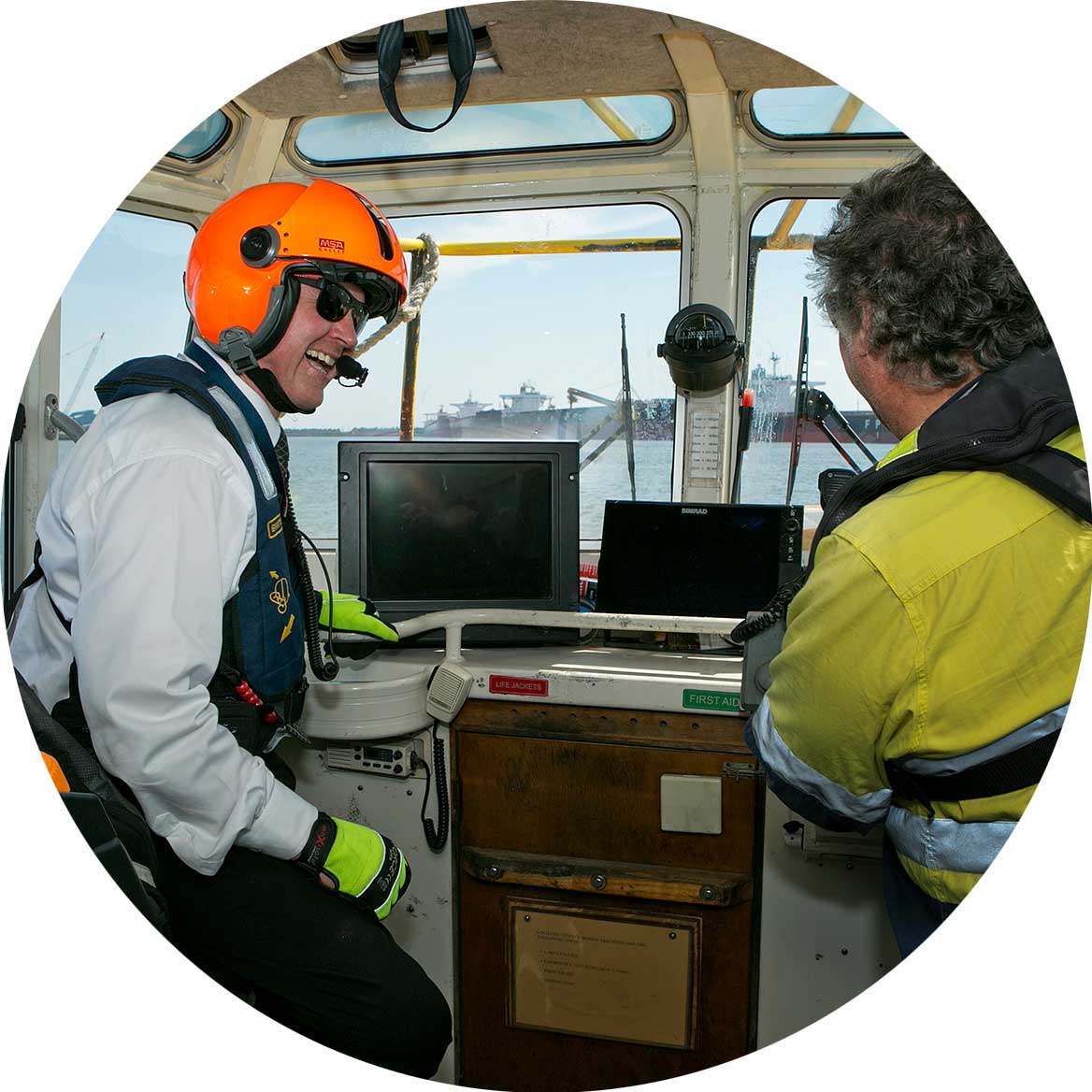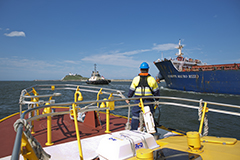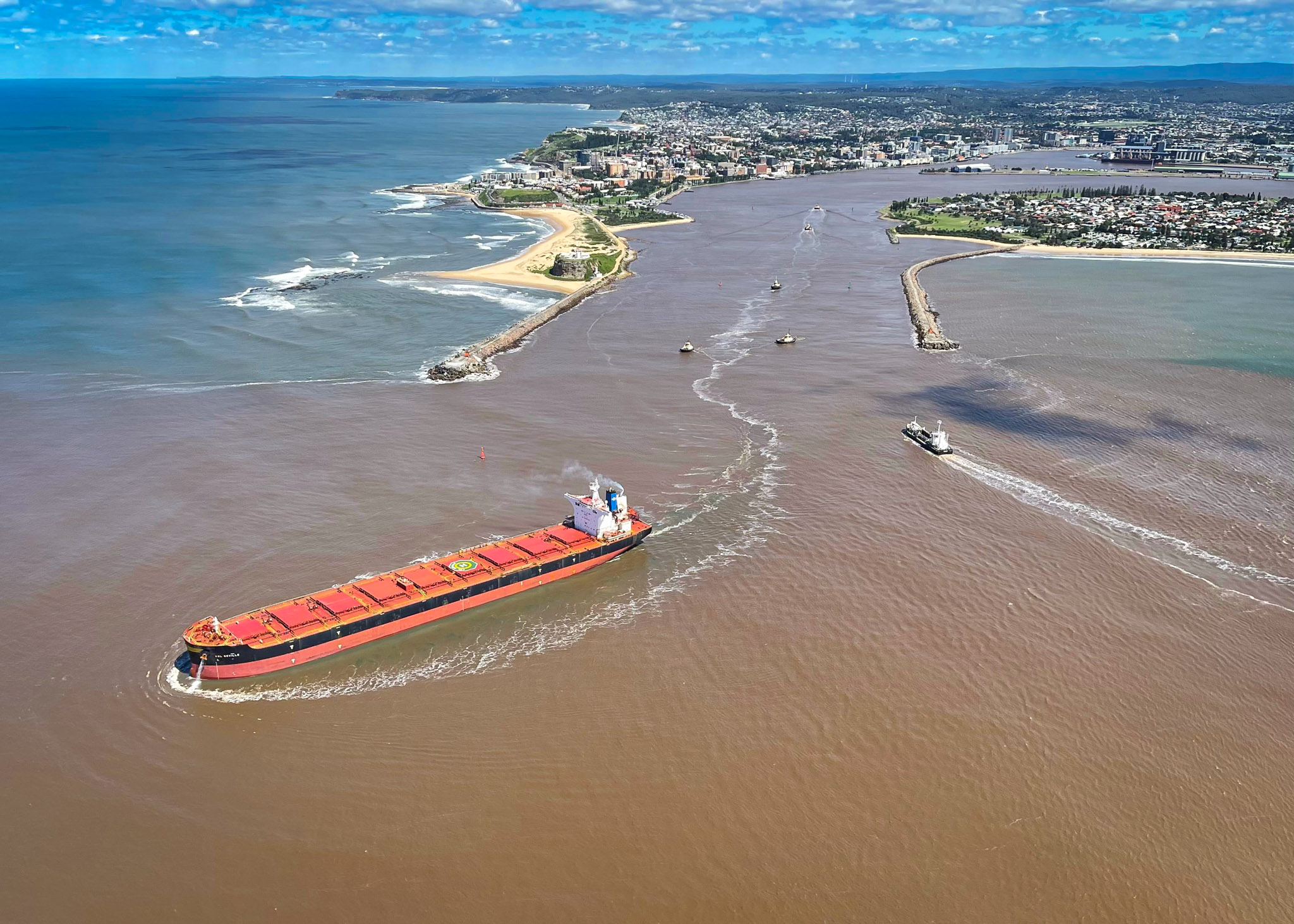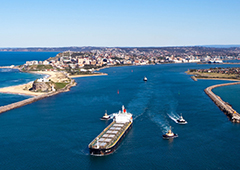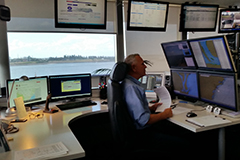Swell and Underkeel Clearance System (SAUCS)
Newcastle Harbour is a draft restricted river port and the movement of some vessels will be affected by the level of underkeel clearance. Port Authority operates a Swell and Underkeel Clearance System (SAUCS) which is used to determine the optimal time for a vessel to sail.
The SAUCS review is typically completed 12 hours prior to departure.
Definitions:
SAUCS – A dynamic underkeel clearance system used to determine acceptable tidal sailing windows and acceptable underkeel clearance for SAUCS vessels in Newcastle harbour.
SAUCS Vessel – A vessel with draught equal to or greater than 13.6m. Note: all vessels with LOA greater than 220m must supply a SAUCs form (SAUCS Vessel Request Form). The maximum draught of any non-SAUCS vessel moving within the navigational channels of the port shall be such that the static under-keel clearance is not less than 10% of the vessel’s deepest draught. (A table of channel maximum draughts for any tide is contained in the Ship Handling Guidelines). Where the vessel is a SAUCS vessel, the underkeel clearance (UKC) may be less than 10% of the vessel’s deepest draught providing it complies with a “SAUCS clearance” in accordance with the SAUCS system.
The SAUCS system will provide quality information about the underkeel clearance of the vessel and is dependent upon the vessel Master’s co-operation. Without correct information on the “Particulars Request” the vessel could be delayed. Upon sailing of the vessel, the Pilot will brief the vessel Master with the latest conditions likely to affect the vessel’s departure.
Underkeel Clearance (UKC) – The maximum draught of any “non-SAUCS” vessel moving within the navigational channels of Newcastle Harbour shall be such that the static under-keel clearance is not less than 10% of the vessel’s deepest draught. (A table of channel maximum draughts for any tide is contained in the Ship Handling Guidelines). Where the vessel is a SAUCS vessel, the UKC may be less than 10% of the vessel’s deepest draught providing it complies with a ”SAUCS clearance” in accordance with the SAUCS system.
Tidal information
Tidal heights refer to the Newcastle Harbour Tide Gauge Zero which is 1.01m below Australian Height Datum. Predicted tidal heights are in metres and hundredths of a metre, based on average meteorological conditions.
View tidal information for Newcastle harbour
View the 128km Williamtown rainfall radar
Facts about fog
Fog can sometimes affect shipping in Newcastle Harbour. Fog is formed when air is cooled to a temperature at which it becomes saturated (dewpoint) by the water vapour which is present within it. Normally it is classified as fog when the resultant restricted visibility is less than one kilometre. The fogs that form at Newcastle are usually of two types:
- ”Radiation Fog” occurs when relatively warm, moist air is cooled by contact with cold land surfaces, particularly in the Hunter Valley and around the plains near Williamtown.
- “Advection or Sea Fog” occurs when warm moist air flows over a relatively cold sea surface that cools the air flow below its dewpoint.
- Radiation fogs that form in the Hunter Valley can extend to Newcastle harbour and occur normally in winter, early spring and occasionally in summer. Radiation fogs can occur in early spring off the port.
Shipping movements are not normally commenced in restricted visibility. However, should a pilotage of a ship be in progress within the harbour when restricted visibility occurs, appropriate precautions will be taken.
Shipping movements are generally rescheduled until the fog thins.
A fog horn is located on the Newcastle city side of the Hunter River near the ferry wharf. This horn is primarily to aid the movement of Newcastle ferries.
A second fog horn is located on Nobbys Headland. The horn is faced to sea to aid the navigation of vessels through the port.
The fog horns are maintained by Port Authority and activated from within Vessel Traffic Services at the Port Centre on Wharf Road.

